It is the peak season for hot springs again. With heat attracting heat, hot spring areas often come equipped with sauna rooms. Enjoying a soak and a steam, it feels refreshing to sweat profusely in the hot springs, and one must sweat heavily in the sauna to feel satisfied.
These “sitting and sweating” methods can accelerate blood circulation, allowing the muscles throughout the body to fully relax. After sweating profusely, fatigue is eliminated, and one feels revitalized, making it a good health-preserving method.
However, for a certain group of people, hot springs and saunas may not be suitable.
1
Yin Deficiency Constitution: Caution with Hot Springs and Saunas
Traditional Chinese Medicine (TCM) believes that sweat is the “fluid of the heart”; excessive sweating can lead to depletion of qi and injury to yin.
When soaking in hot springs, it is easy to sweat, and saunas, whether dry or wet, inevitably lead to heavy sweating. While most people can tolerate this, those with a Yin Deficiency Constitution already have a deficiency of yin fluids and cannot withstand such exertion.
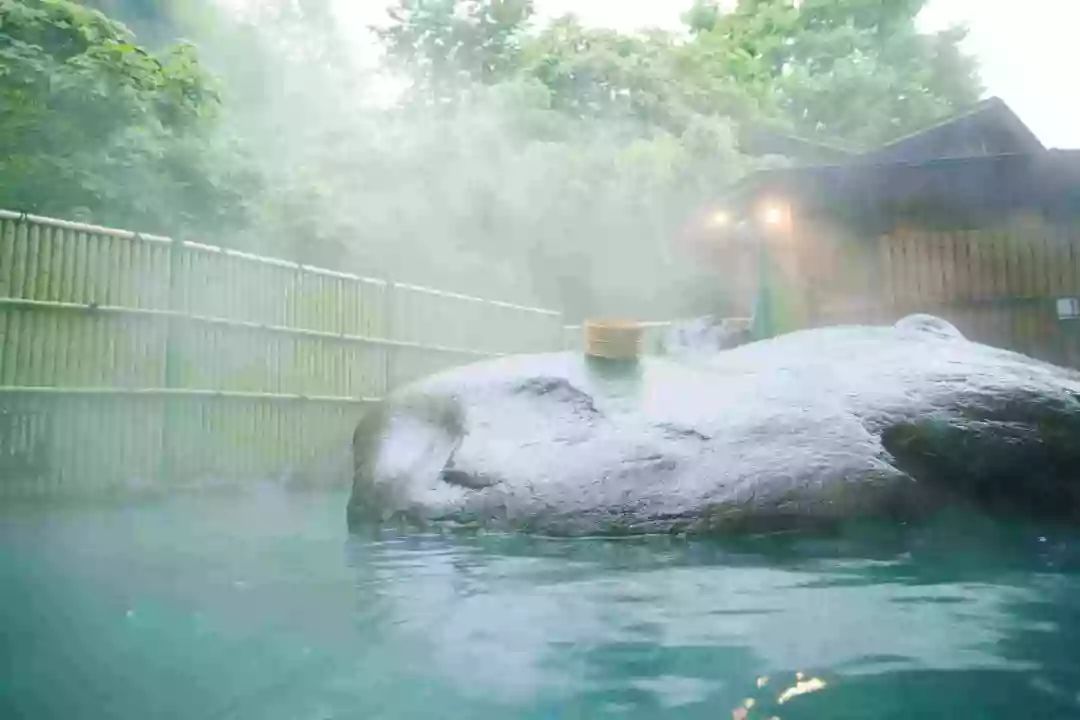
Individuals with a Yin Deficiency Constitution should avoid high-temperature hot springs and sauna sessions that promote excessive sweating. They should choose pools with suitable temperatures and limit the duration of soaking in hot springs or steaming in saunas, stopping as soon as they begin to sweat lightly, and promptly dressing to keep warm.
Additionally, they should remember to drink plenty of water to replenish body fluids, and after enjoying the experience, apply moisturizer to maintain skin hydration.
2
What is Yin Deficiency Constitution?
Yin Deficiency Constitution mainly refers to a state where the body’s fluids, essence, and blood are deficient in yin, characterized primarily by symptoms of internal heat due to yin deficiency.
In TCM, yin fluids refer to all nourishing liquids in the body or the essence of the organs. In terms of the nature of fluids, they are thick and turbid, belonging to yin, hence called yin fluids. Blood, sweat, semen, saliva, etc., are all considered yin fluids.
Water is classified as yin; if the body lacks yin fluids, it is akin to a spring without rain to nourish it, like land without irrigation. At this time, the heart, liver, kidneys, and other organs, as well as the eyes, ears, nose, and skin, all lose moisture, and the source of life-nourishing fluids dries up, leading to a series of dryness and heat-related symptoms, resulting in various ailments.
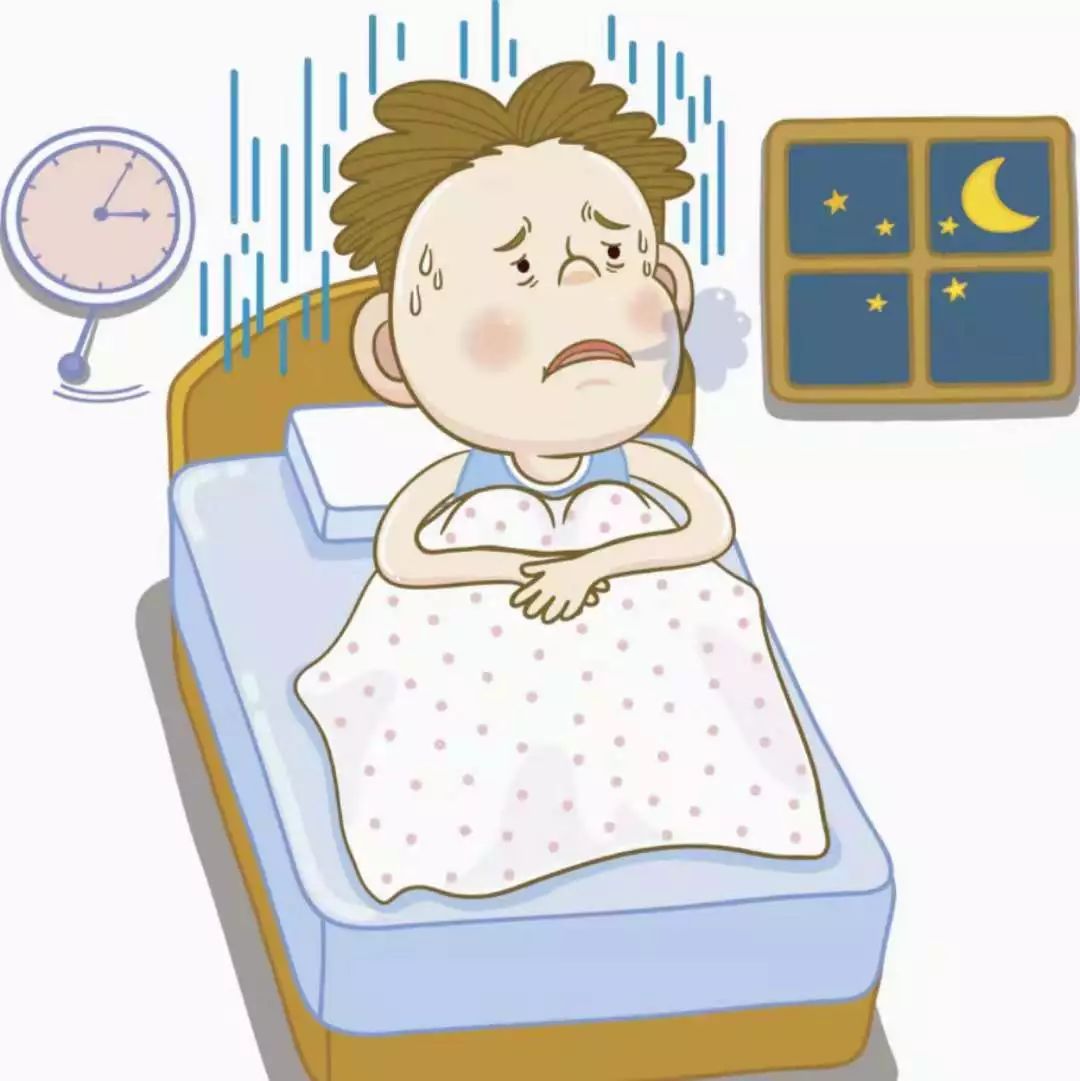
Characteristics of Yin Deficiency Constitution
【Causes】
Congenital deficiency, prolonged illness leading to blood loss, excessive indulgence depleting essence, or accumulated labor injuring yin. For instance, if family members tend to be thin, if parents were weak during conception, or if there were premature births or previous hemorrhagic diseases.
【Physical Characteristics】
Body shape: slender and long.
Common manifestations: heat in the palms and soles, often experiencing dry mouth and throat, slightly dry nose, thirst with a preference for cold drinks, dry stools, red tongue with little moisture and coating.
Other manifestations: flushed complexion with a feeling of heat, dry and gritty eyes, blurred vision, slightly dry red lips, dry skin prone to wrinkles, dizziness, tinnitus, poor sleep, short and scanty urination, and a thin, wiry or rapid pulse.
Psychological characteristics: irritable temperament, extroverted and active, lively.
Tendency to illness: prone to symptoms of yin deficiency and dryness heat, or easily exhibiting symptoms of yin deficiency after illness.
Adaptability to external environments: generally intolerant to heat, able to endure winter but not summer, and intolerant to dryness.
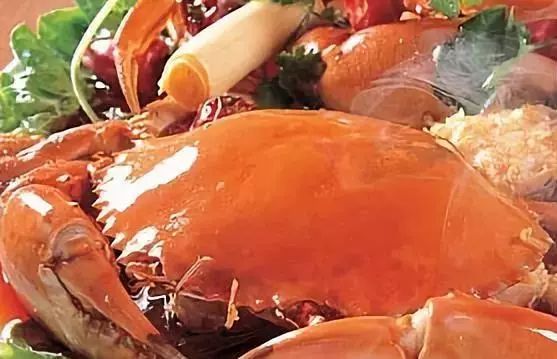
3
Lifestyle Adjustments: Avoid Heat and Dryness
The key to health preservation for those with a Yin Deficiency Constitution is to nourish yin and clear heat, nourishing the liver and kidneys. Among the five organs, the liver stores blood, and the kidneys store essence, so the focus should be on nourishing the liver and kidneys.
Diet
Consume more sweet and cool nourishing foods, such as lean pork, duck, turtle, soft-shelled turtle, mung beans, winter melon, sesame, and lily bulbs. Avoid foods that are warming and drying, such as lamb, dog meat, leeks, chili peppers, scallions, garlic, and sunflower seeds.
Emotions
It is advisable to restrain emotions, remain calm in the face of events, and correctly handle both favorable and adverse situations. Engaging in activities like calligraphy, chess, or traveling can help soothe the mind and cultivate emotions. Listening to soft, gentle, and lyrical music can prevent anger.
Sleep
In TCM, tranquility calms the spirit and generates yin. Sleep is very important for health preservation in those with a Yin Deficiency Constitution. Ensuring quality sleep, avoiding staying up late, and maintaining regular sleep patterns are basic health principles. A midday nap should be maintained. Soaking feet in hot water before bed and regularly massaging the feet can help promote sleep.
Exercise
Moderate intensity is best, focusing on nourishing the liver and kidneys, such as practicing Tai Chi, Tai Chi sword, or Ba Duan Jin, which combine movement and stillness.
4
Seasonal Health Preservation
Spring Health Preservation
Early spring is just after winter, especially in the north where the temperature difference between morning and evening is significant. There is a saying in folk culture about “spring covering and autumn freezing.” During this time, it is best to go to bed early and rise early, which is beneficial for the balance of yin and yang in the body. In spring, due to the rise of yang energy and the revival of all things, there can be an increase in internal heat, leading to symptoms like oral ulcers, insomnia, and red eyes. It is advisable to consume more foods that clear internal heat and nourish yin to moisten dryness.
Sweet and cool foods assist spring yang; for those with internal heat due to yin deficiency in early spring, options like zongzi (sticky rice dumplings), duck, kelp, mung beans, sugarcane juice, water chestnuts, and lily bulbs can help clear heat. It is best to avoid astringent, greasy, and raw cold foods, and choose staple and supplementary foods rich in B vitamins and vitamin E to nourish the spleen and stomach.
Summer Health Preservation
In hot summer weather, one should avoid excessive sun exposure and excessive sweating to prevent injury to yin, and try to stay in cool places.
At the same time, one can appropriately consume Chinese herbs like American ginseng and Sheng Mai San, as well as drinks and fruits like sour plum soup and watermelon.
Autumn Health Preservation
In autumn, nourishing yin, moistening the lungs, and promoting bowel movement to relieve dryness are key. In the body, the lungs are the source of water above, and the kidneys are the source of water below. Insufficient water sources can lead to yin deficiency, so individuals with a Yin Deficiency Constitution have relatively weak lungs and kidneys. In autumn, one should avoid lung dryness to ensure the normal function of lung descent and provide yin fluids to the kidneys.
Consume more foods or herbs that are rich in moisture and have the function of nourishing yin and moistening dryness, such as Codonopsis, Ophiopogon, Polygonatum, lily bulbs, tremella, and snow pears; drink more porridge and honey water to promote bowel movements. In autumn, one can appropriately practice “autumn freezing” by gradually increasing clothing.
Winter Health Preservation
In winter, one should focus on nourishing yang in spring and summer, and nourishing yin in autumn and winter. Individuals with a Yin Deficiency Constitution should pay attention to getting sufficient nighttime sleep and avoid staying up late. Winter supplementation should also be moderate; avoid excessive consumption of lamb, chili peppers, and other warming and spicy foods.
5
Dietary Recommendations for Yin Deficiency
In general, individuals with a Yin Deficiency Constitution should consume more foods that nourish kidney yin to nourish yin and subdue yang.
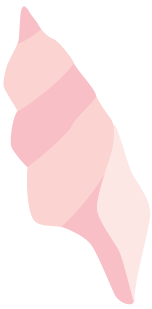
Most Suitable Nourishing Foods
White fungus
Also known as silver fungus. Rich in plant-based polysaccharides, it has the function of nourishing yin and benefiting the lungs.
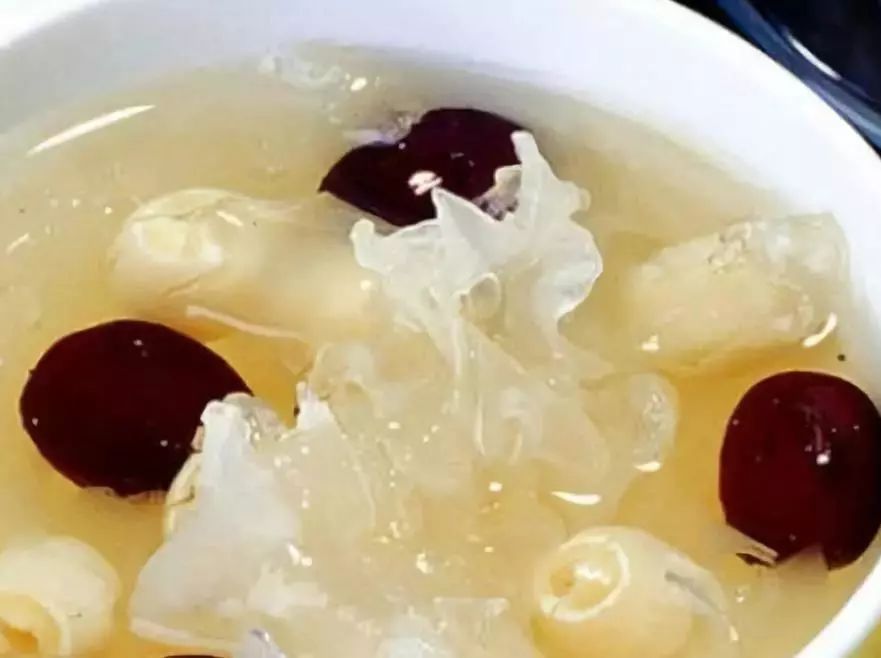
Wild lily
Also known as small lily. It is very small, slightly bitter, and cool in nature, benefiting the lungs; regular consumption is most suitable.
Yellow soybeans
Yellow soybeans are the most effective nourishing food among vegetarian options, but they are not easily digested, so they are best used in soups, which are both tasty and easy to digest.
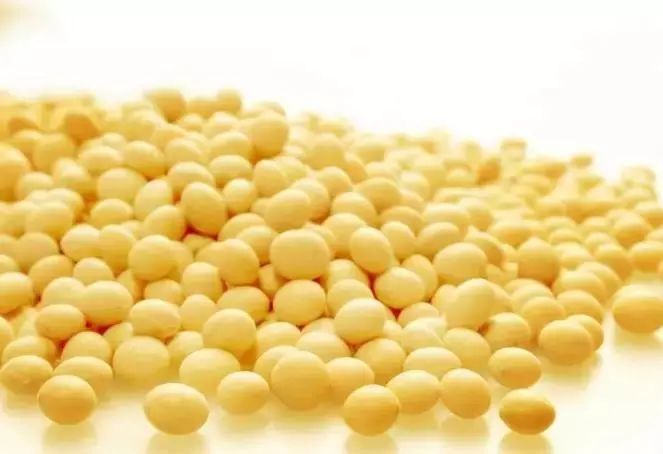
Raw pears and lotus root
Raw pears are excellent for moistening the lungs and providing moisture, while lotus root is beneficial for generating and nourishing blood, both of which are very suitable for individuals with lung deficiency and yin deficiency. They can be consumed in various ways, such as honey stewed, sugar boiled, or eaten raw.
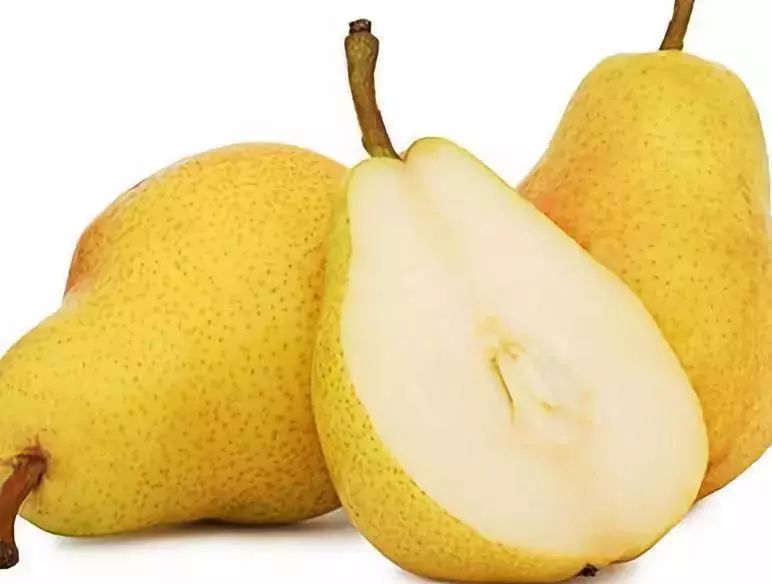
Dendrobium
A product that nourishes yin and clears heat. For those lacking fluids and experiencing heat in the palms, consult a doctor and brew it as tea.
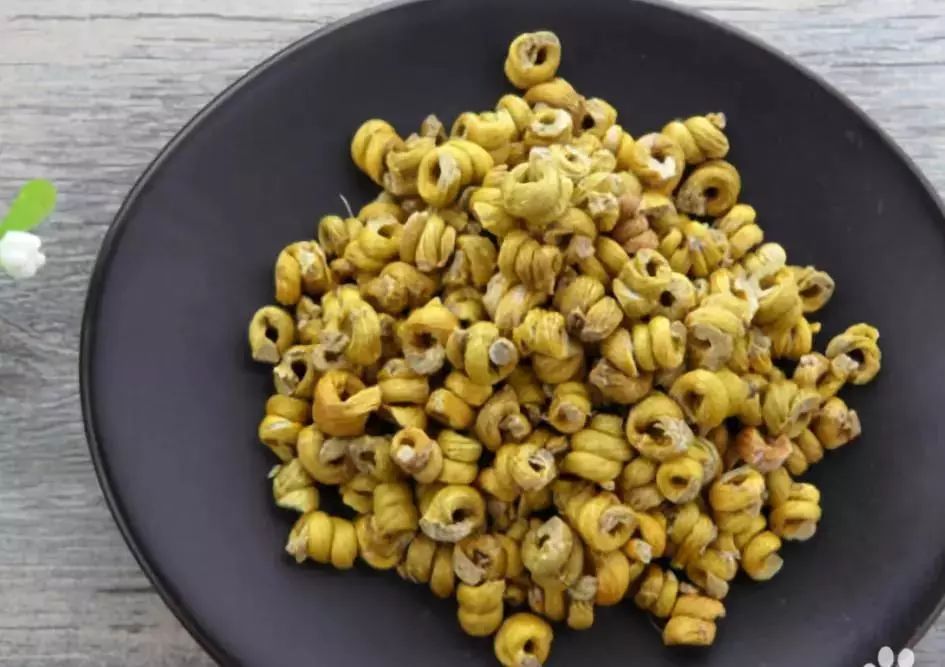

Foods to Avoid
Spicy foods
Ginger, chili peppers, spicy tomatoes, mustard, pepper, and all spicy foods should be strictly avoided.
Foods that induce reactions
Crab, shrimp, fennel, mustard greens, cilantro, lamb, sour foods, yellow fish and sea fish, apricots, dried longan, and the above items are all too hot and should not be consumed.

6
Three Acupoints with Remarkable Effects for Nourishing Yin
Among the acupoints that have a nourishing effect on yin, three are commonly used: Tai Xi (Tai Xi), San Yin Jiao (San Yin Jiao), and Zhao Hai (Zhao Hai). Self-massaging these three acupoints can nourish yin fluids and improve the Yin Deficiency Constitution.
Zhao Hai Acupoint
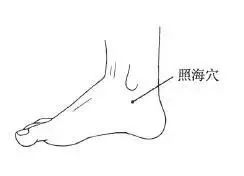
The Zhao Hai acupoint connects to the Yin Qiao meridian of the eight extraordinary meridians. The Yin Qiao and Yang Qiao meridians are paired, said to “govern the yin and yang of the body.” To nourish the body’s yin, Zhao Hai is located on the inner side of the foot, in the depression just below the tip of the inner ankle.
Massaging the Zhao Hai acupoint is suitable for those with a Yin Deficiency Constitution leaning towards kidney yin deficiency. Here, a little tip for better use of the Zhao Hai acupoint: when massaging this acupoint, keep your mouth closed and swallow any saliva that forms.
Generally, after pressing for 3 to 5 minutes, one will feel saliva in the throat, and the pain will ease.
Tai Xi Acupoint
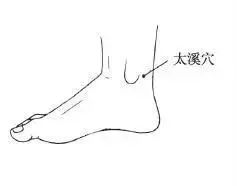
Tai Xi is the source point of the kidney meridian, nourishing the yin of the kidney. It is the transport and source point of the foot Shao Yin kidney meridian. The foot Shao Yin kidney meridian belongs to water in the five elements, and the kidneys govern water, so stimulating the Tai Xi acupoint can effectively “nourish water,” which is to nourish yin.
The Tai Xi acupoint is located on the inner side of the foot, in the depression between the Achilles tendon and the heel bone.
Similarly, massage twice a day for 10 minutes each time. Tai Xi is primarily used to nourish yin, so do not use moxibustion, as it is a heat stimulus that can easily damage yin; it is best to press and rub.
Massaging the Tai Xi acupoint can be done year-round; in the dry seasons of spring and autumn, the massage time should be longer because dryness easily injures yin. Massaging for a longer time can both nourish yin and prevent dryness from harming yin; in summer, the time can be shorter because the humidity is heavier in summer, and prolonged massage can lead to excessive yin energy in the body, which is not good.
Regardless of the season, it is best to massage between 9 PM and 11 PM, as the body’s yin energy is stronger at this time, which can be mutually beneficial. Tai Xi has the effect of nourishing kidney yin and is suitable for those with a Yin Deficiency Constitution leaning towards kidney yin deficiency.
San Yin Jiao Acupoint

One should not forget San Yin Jiao when nourishing yin. San Yin Jiao is the meeting point of the liver, spleen, and kidney meridians, nourishing the yin of all three meridians, which means nourishing the yin of the liver, spleen, and kidneys.
San Yin Jiao is located on the inner side of the lower leg, 3 inches above the tip of the inner ankle, behind the inner edge of the tibia, taken while sitting with the knee bent at a right angle. Massage twice a day for 5 to 6 minutes each time.
Pregnant women should avoid massaging this point. Massaging San Yin Jiao is mainly suitable for those with a Yin Deficiency Constitution leaning towards lung yin deficiency and spleen yin deficiency.

